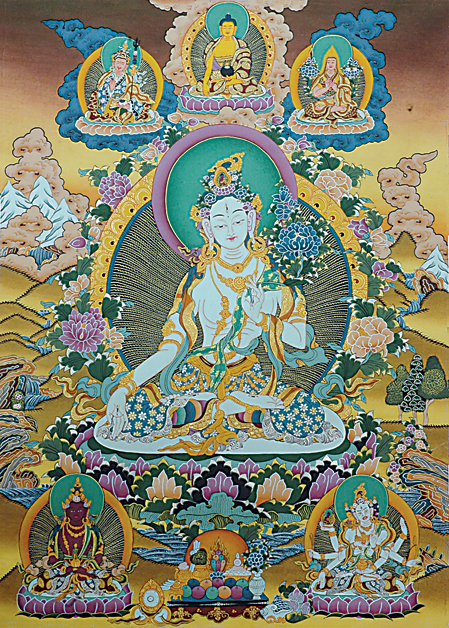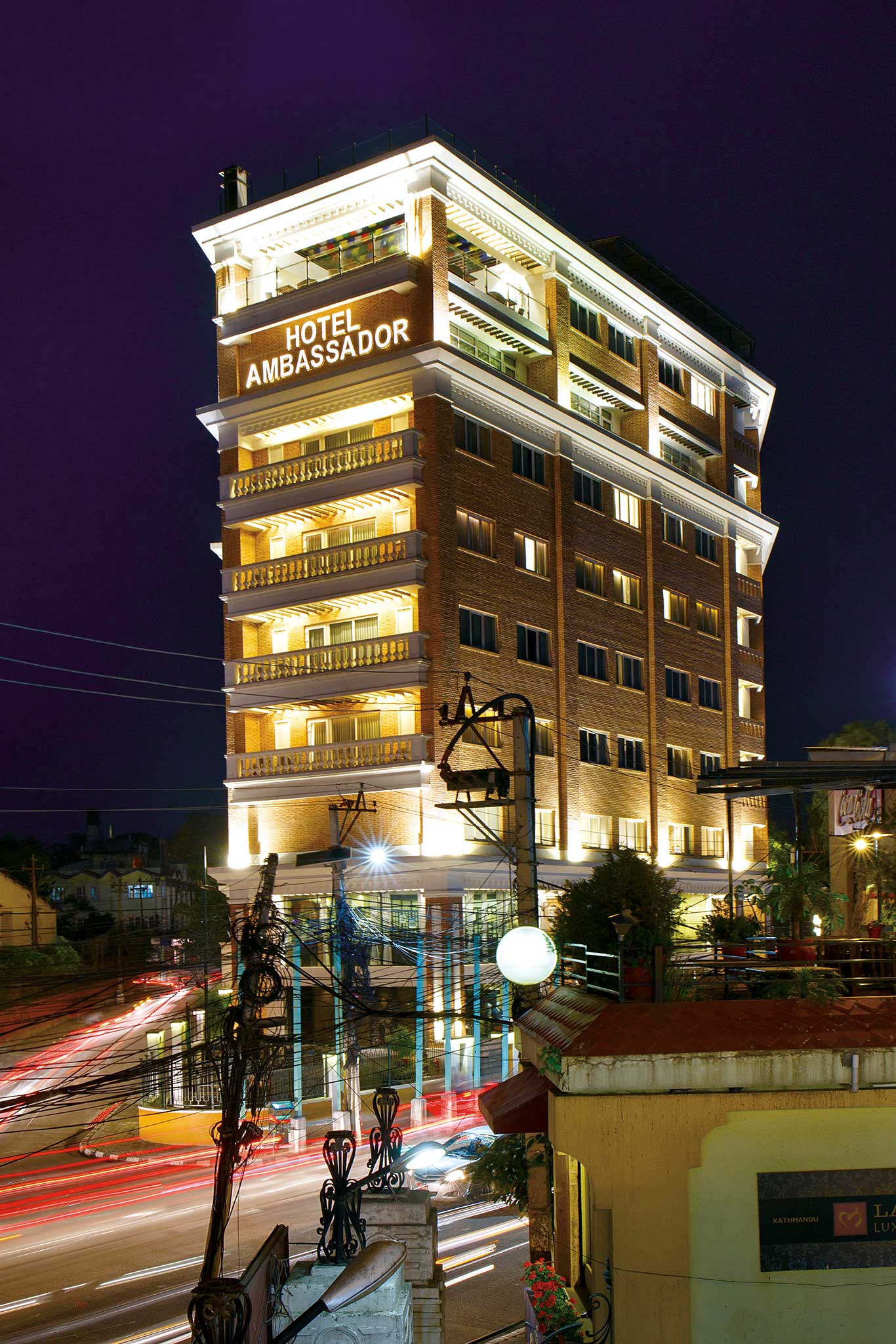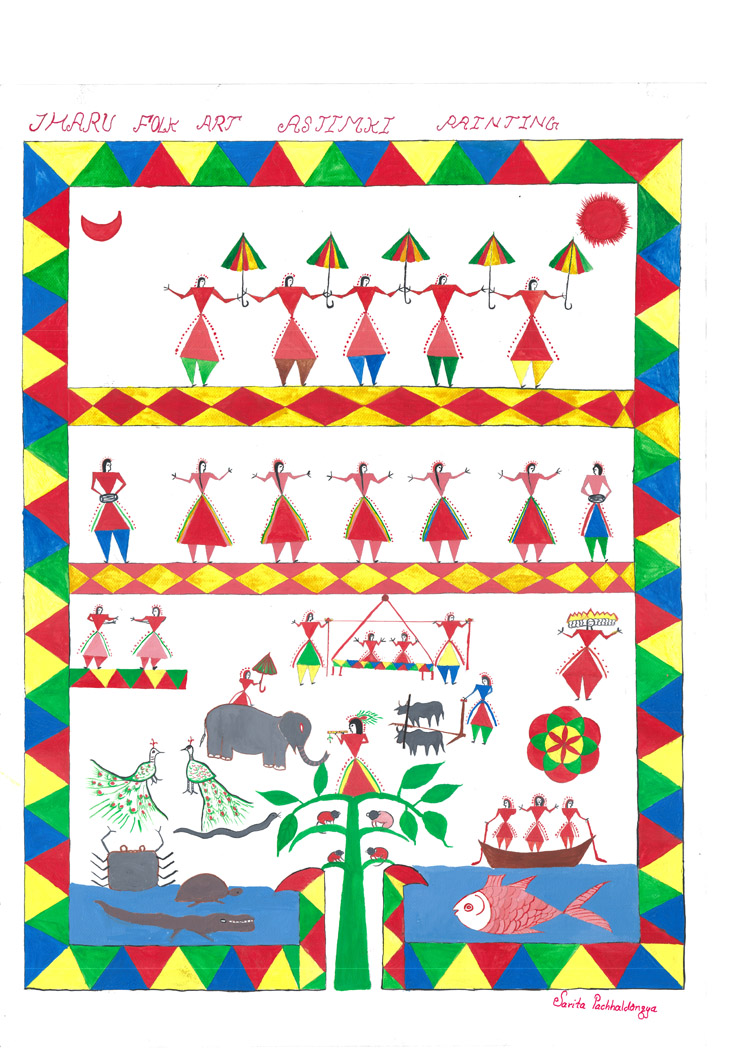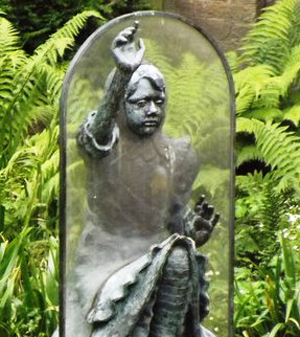Some years ago, I was astonished to learn that an antique Tibetan thangka sold at an auction in the United States for a whopping US $ 150,000/-. That does not however, mean that all thangkas are very expensive. Rare antiques can fetch quite a considerable sum, but prices of recent works vary according to the quality of work and the amount of gold used. They also come in all sizes.
 To the uninitiated, a Thangka is simply a religious painting on canvas made by people of the Buddhist faith. A deeper understanding of what a thangka really is can only be gained by looking into the complex religious world from where it evolved over many centuries into the fine art that it is today.
To the uninitiated, a Thangka is simply a religious painting on canvas made by people of the Buddhist faith. A deeper understanding of what a thangka really is can only be gained by looking into the complex religious world from where it evolved over many centuries into the fine art that it is today.
Going around Kathmandu valley in search of thangka painters, one soon realizes that most of them are Tamangs from various districts around Nepal. They are Buddhists who have either been trained in their native areas
or in one of the thangka schools in the valley. An understanding of Buddhism is a prerequisite to even know what you are painting and there are rigid specifications that must be followed. There are two basic types of thangkas: one depicts the Buddha or some other Bodhisatva or deity as a central figure. The second type is in the form of a mandala, which is drawn in concentric squares and circles. A common thangka of this type is one that depicts the ‘Wheel of Life’.
A good way to judge the quality of a thangka is to ask the seller for a magnifying glass. By looking through the glass, one can see the fineness of the strokes and details of the faces painted in. Looking at the work of a good thangka painter, you will notice that no two faces are alike and the strokes are very even.
A thangka however, is not considered a holy object unless it is consecrated. This ritual naturally is carried out by a monk and not by the artist. Most Buddhist thangka painters are laymen and not learned monks. But some monks do study thangka painting.
Thangkas are made and sold in Kathmandu, Patan and Bhaktapur. They are found in abundance but one needs to know a bit about them to judge their quality. There is a big demand for them and much is exported, but antique thangkas cannot be exported as anything older than 100 years cannot be taken out of the country.
Thangka courtesy: Nepal Thanka Gallery, Patan 5529761











